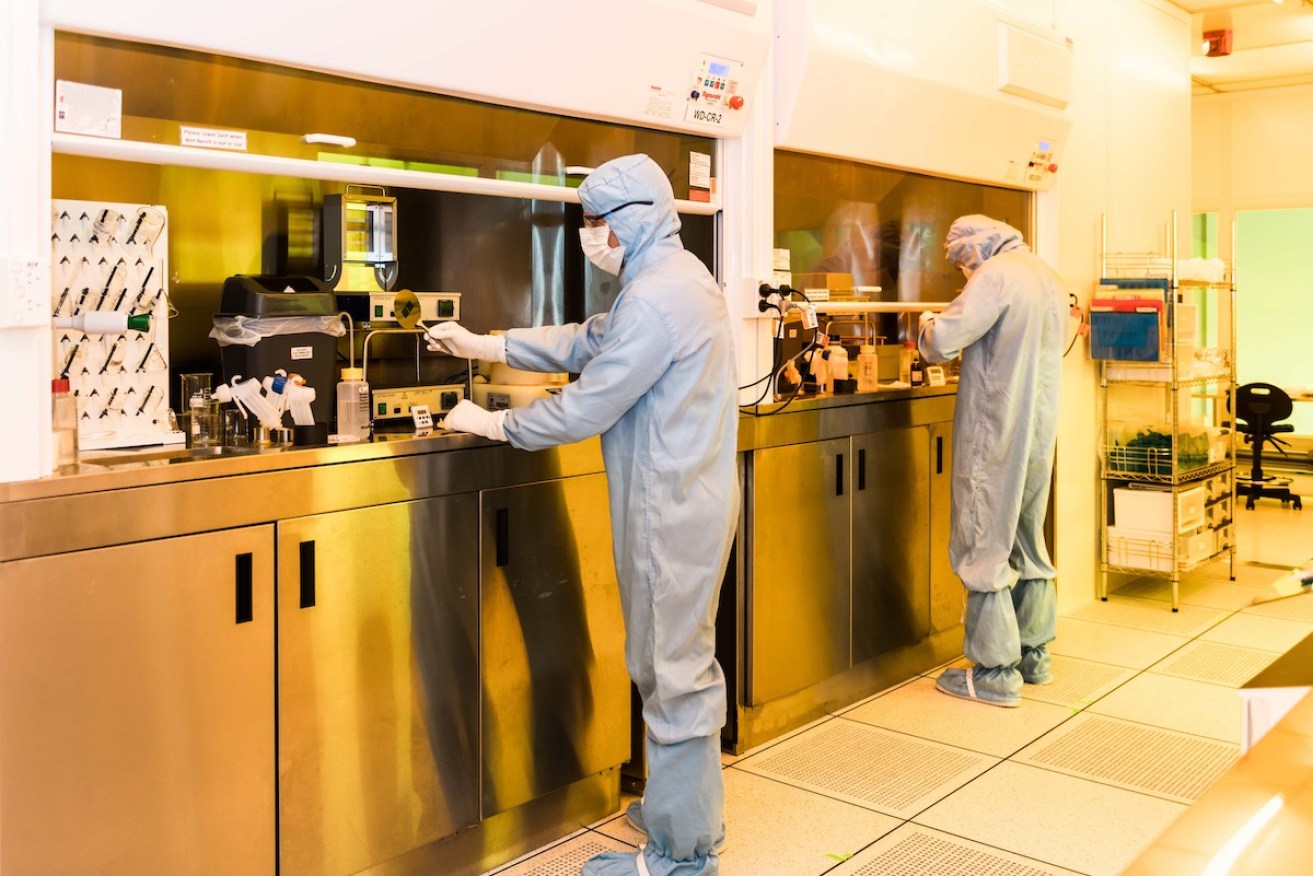Lot Fourteen semiconductor firm’s quantum computing breakthrough
A recent development at Lot Fourteen-headquartered Archer Materials Technology marks a step toward the commercial application of its quantum computing chip.


A look inside Archer's research centre (via Archer Materials Technology)
ASX listed Archer Materials Technologies has achieved a “significant development milestone” this week by optimising its quantum computing chip to function at room temperature, rather than in a vacuum.
This development sets a way forward for Archer Materials – currently valued at $159 million on the stock market – to be able to industrially scale its ‘CQ qubit chip’ and brings the firm’s dreams of accessible, practical quantum computing closer to reality.
For the uninitiated, quantum computing is an emerging arm of computer science that utilises quantum physics to solve problems that are too complex for classical computers.
Those in the space are hoping to develop quantum computers that can quickly solve some of the world’s most pressing problems, and Archer’s ambition is to develop a quantum chip that could one day be used in a consumer device like a smart phone or laptop.
That’s why this latest development from Archer is so important according to CEO Mohammad Choucair, who told InDaily that the breakthrough would “redefine what practical means”.
“We’re bringing down all these barriers to applicability or practicality,” said Choucair via a video call from Sydney where Archer’s quantum research facility is based.
“The reason why this is significant is because current QC proposals rely on custom-made fabrication, unlike the modern circuits in your laptop, phone or TV.
“What this announcement shows is that we’ve already begun addressing these challenges.”
Prior to the breakthrough, Archer’s chips required a vacuum or inert atmosphere to maintain or preserve ‘quantum coherence’ – the fundamental requirement for quantum logic operations and the basis of any quantum computing hardware.
Archer has now shown that its replicable chips can maintain quantum coherence at room temperature, and that their chip is ‘foundry ready’, meaning it can be fabricated en masse.
“Where it allows us to go next is it allows us to integrate our qubit material into devices that would operate at room temperature under normal conditions,” Choucair said.
“Ultimately, if we want to work on viable solutions to widespread quantum computing or quantum technology use, this has to be in our rucksack. It has to be a solution that we can pull out to give us that flexibility.”
The new development was made possible thanks to methods of atomic layer deposition (ALD) and plasma advanced chemical vapour deposition (PECVD) – two complex terms that Choucair described simply as “barriers” that protect the qubit on an atomic scale from decoherence in the air.
“It’s pretty cool,” the CEO said.
“It’s on such a small level too – I’m talking about atom scale.
“This is real bleeding-edge stuff. It’s not stuff you do in a garage – it’s stuff you do in a $250 million building with $10 million equipment and very smart people who spent 15 years of their lives figuring out how to do this stuff.”
Archer Materials shares rose by 6.78 per cent yesterday following the announcement to $0.63 per share at the close of trade.




